A customer who had driven their late-model 30 Prius nearly 100,000 kilometers without any issues consulted us about refreshing the suspension system.
It’s not at all unusual for Toyota’s hybrid cars, which combine complex electronic devices, to run 100,000 kilometers without trouble.
Moreover, with the advancement of electric auxiliaries, the fan belt has been eliminated. With the regenerative braking system working in coordination with the conventional brakes, the brake pads hardly wear down. Of course, fuel consumption is low. The consumables are limited to engine oil, auxiliary battery, tires, and the suspension system we were asked to refresh this time. I believe that with timely refreshing of these components, the vehicle can comfortably run another 100,000 kilometers without issues.
Now, are you familiar with the keyword “new car takeoff” parts? These are nearly new suspension components that are listed on online auctions and marketplace sites.
It’s fairly common for appearance-focused modifications (mainly lowering the ride height) to be done when people first get a new car, and in such cases, the standard factory-installed suspension components become surplus.
In the late-model 30 Prius, the body rigidity in the rear was particularly revised, and with the accompanying setting changes, the suspension components, starting with the shock absorbers, are meticulously tuned. However, these parts seem completely unnecessary to those who install aftermarket parts like the one above to change the appearance.
For refreshing standard specifications like in this case, suspension components are sold as sets at much lower prices than buying new, so there’s no reason not to use them.
Previously, we also replaced the entire suspension for a Prius α using new car takeoff parts.
The Prius α suspension is finely differentiated by early/late models, passenger capacity differences, and tire & wheel size types. Choosing the early model parts turned out to be the right decision, resulting in a deep, satisfying ride quality that matched the car’s character.
I researched the evolution of suspension components for this 30 Prius as well.
Shock absorbers have the most variations, with 4 types (2 early, 2 late) for a single grade throughout the model’s life, and each has further differences by grade and wheel size.
The 30 Prius late model underwent body rigidity revisions that clearly upgraded the ride quality. For a late model with a different body, I intentionally avoided choosing early model suspension parts, even if they were new car takeoffs.
New suspension components with the upper mounts already set.
To replace the front suspension, it’s necessary to completely remove the wiper mechanism parts, but I’m impressed by Toyota’s consideration for disassembly and assembly. Even though it looks difficult with many parts to remove, they can be detached and attached easily without any trouble.
A robust strut-type front suspension with a sturdy aluminum alloy knuckle arm, fastened with large 22mm nuts.
In contrast, the rear is a simple torsion beam type where the shock absorber and coil spring are installed on separate axes.
I was surprised that the free length of the rear springs had shortened during use.
It seems that the 1G ride height had also lowered due to the shorter free length, and after refreshing, the rear height increased by about 10mm.
After adjusting each part, the late-model 30 Prius’s ride felt noticeably tighter and more stable even during a short test drive. I was relieved to hear that it remained stable during high-speed driving right after delivery to the customer.
Later, we received a report that city driving fuel economy had improved by about 10%. Perhaps proper tire contact optimization has a non-negligible impact on fuel-efficient vehicles like hybrids.
Thank you for visiting us from far away. As a small gesture, we touched up the stone chip damage on the front bumper to make it less noticeable.
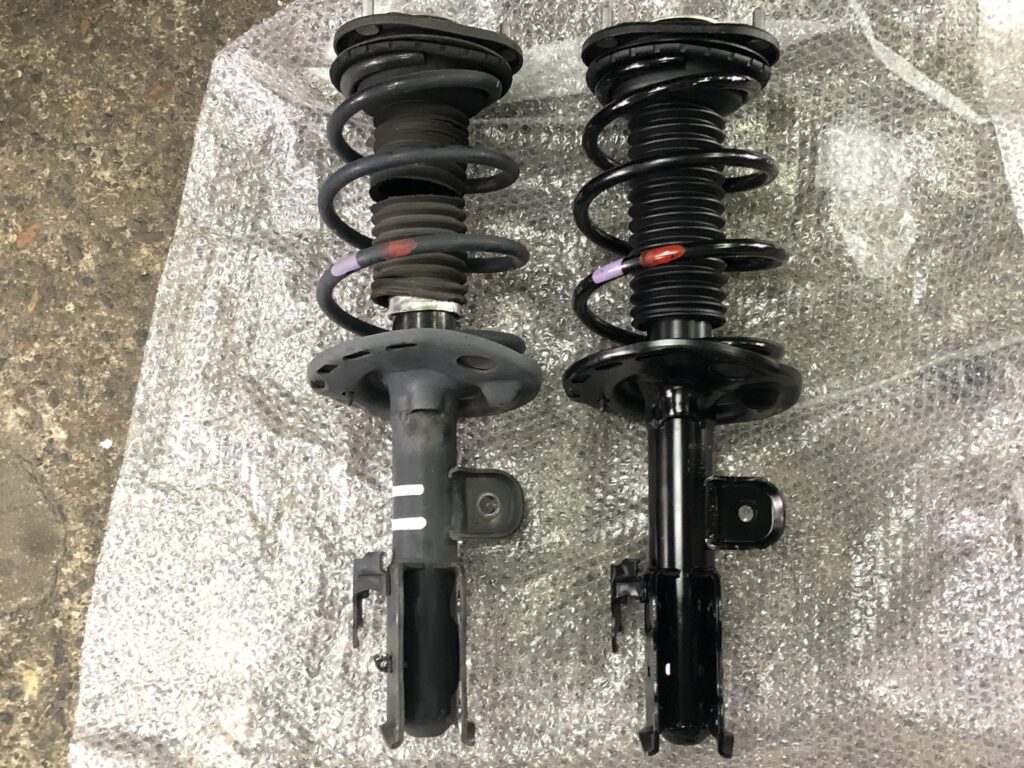
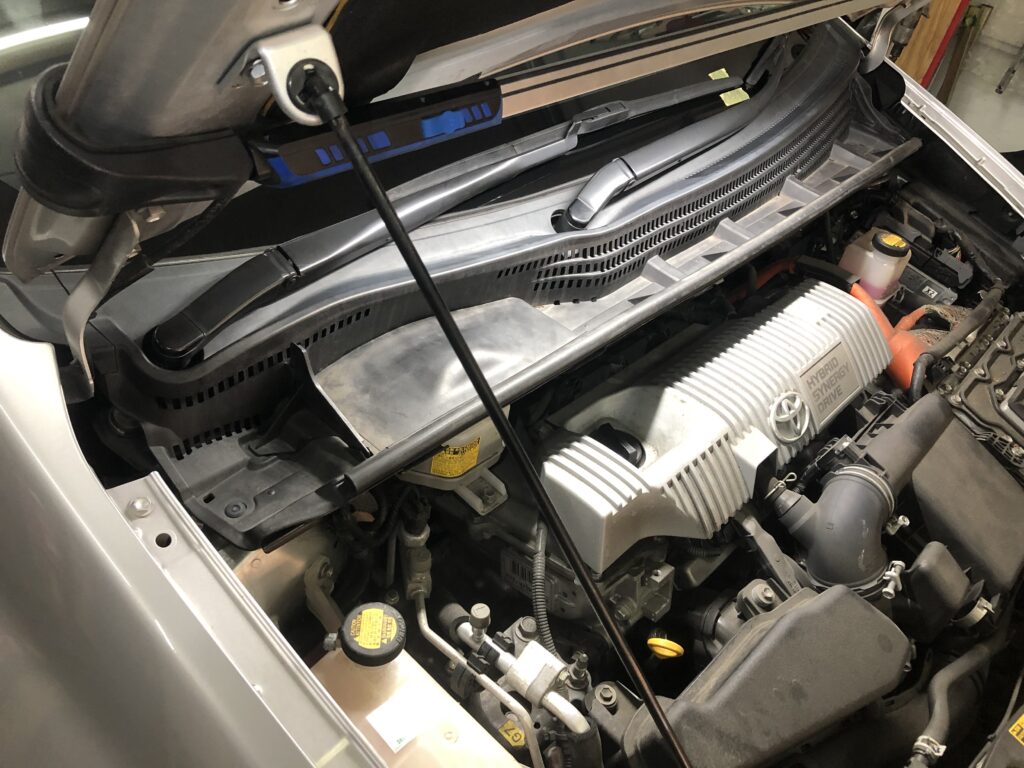
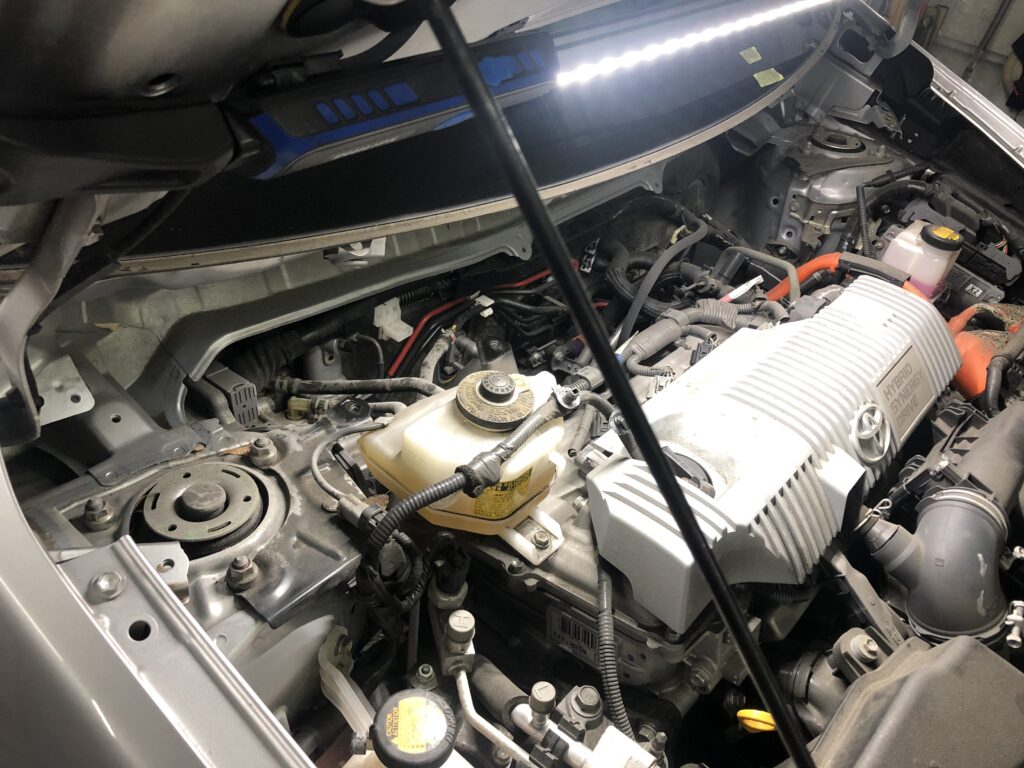
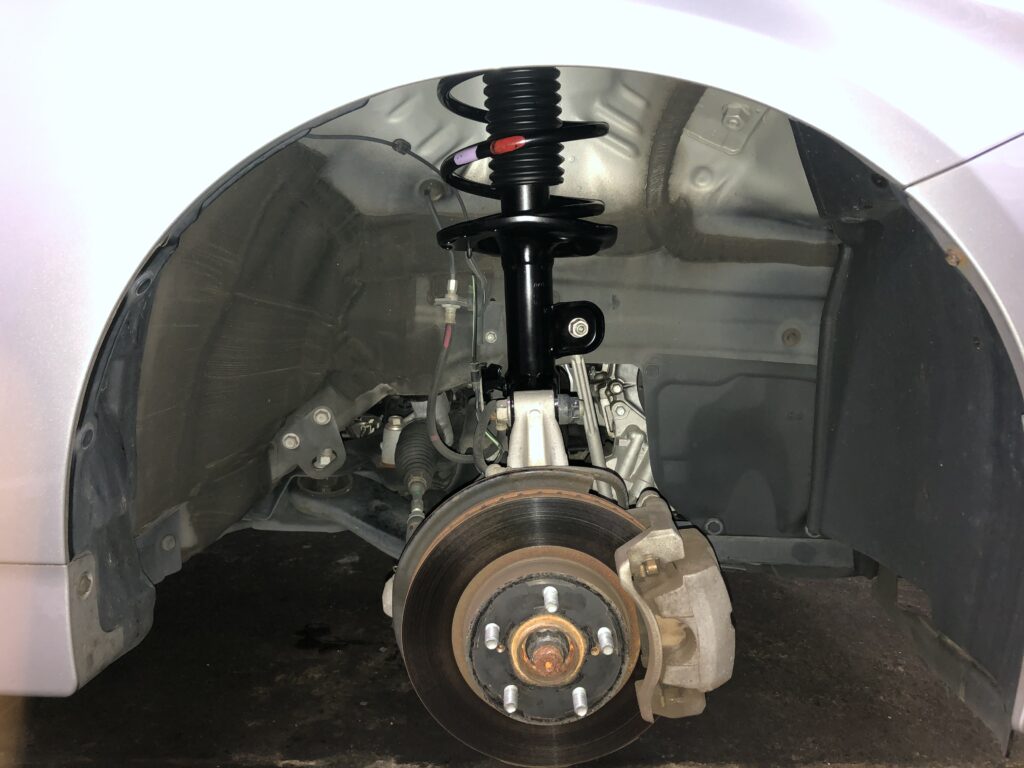
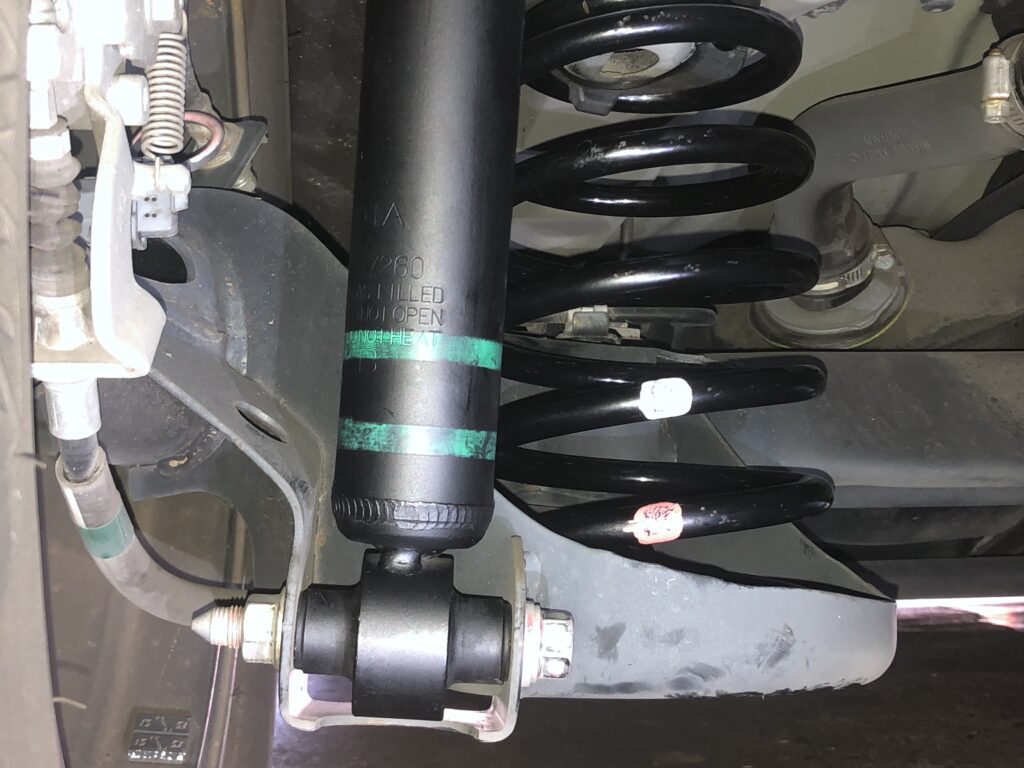

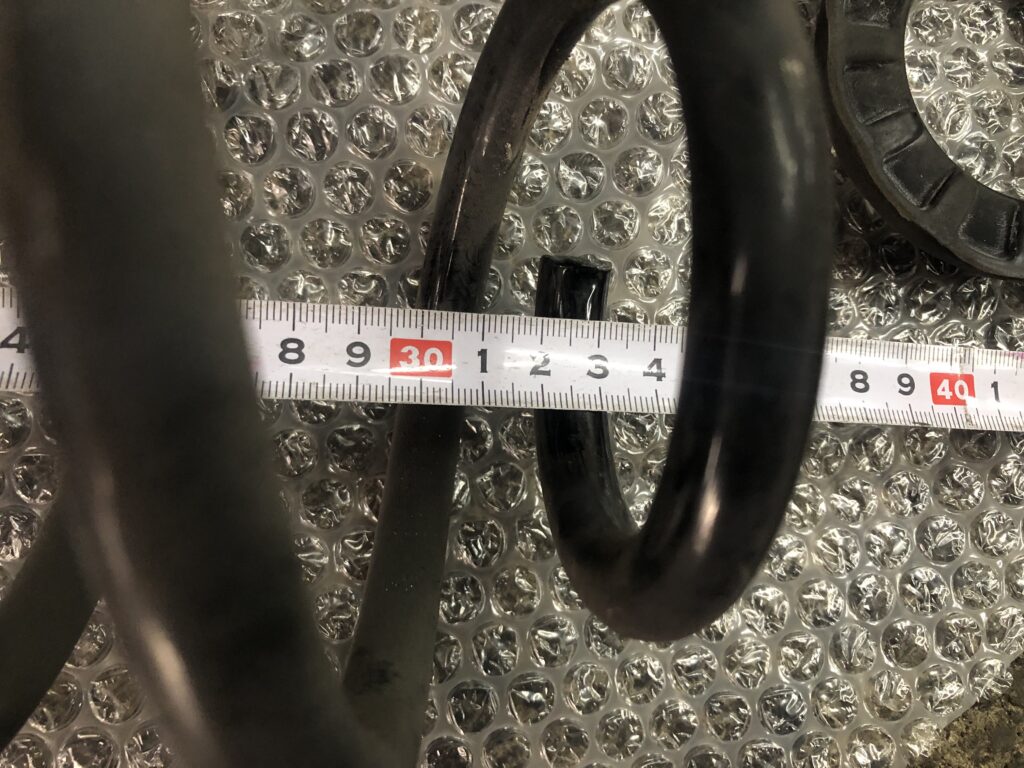
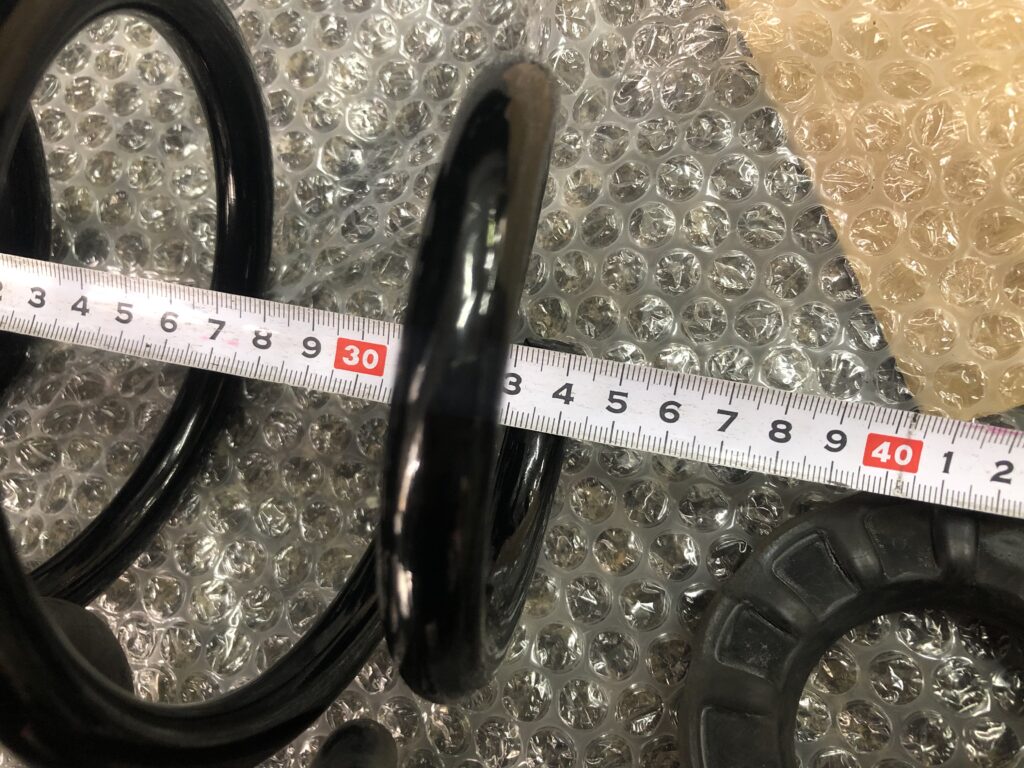
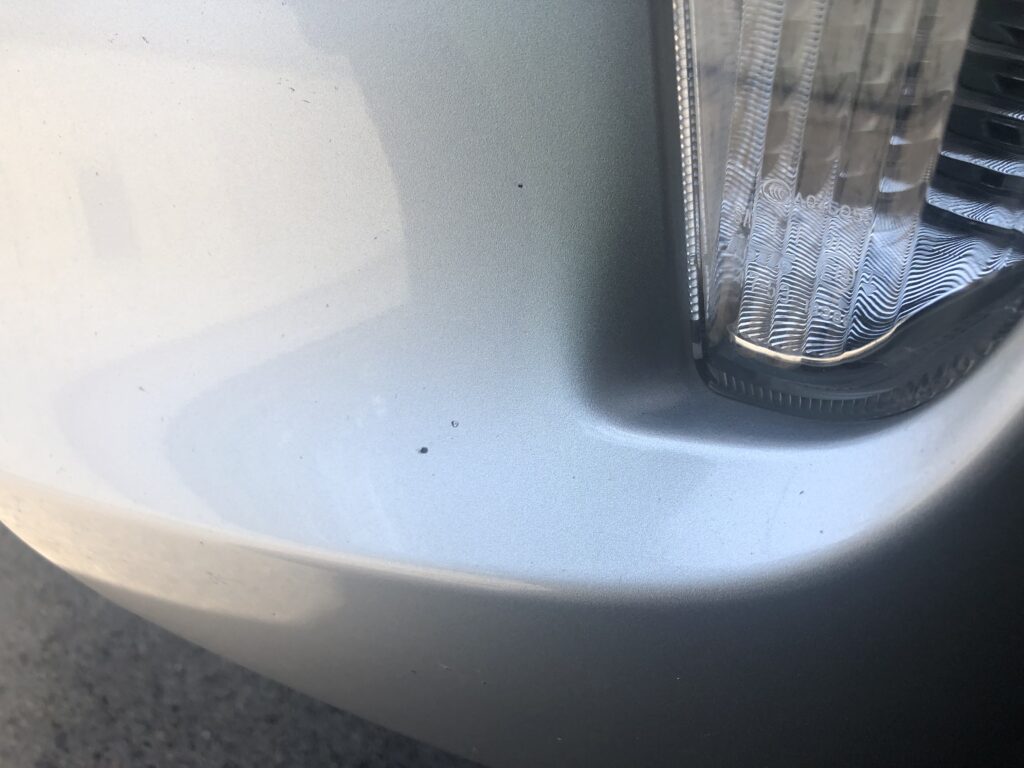
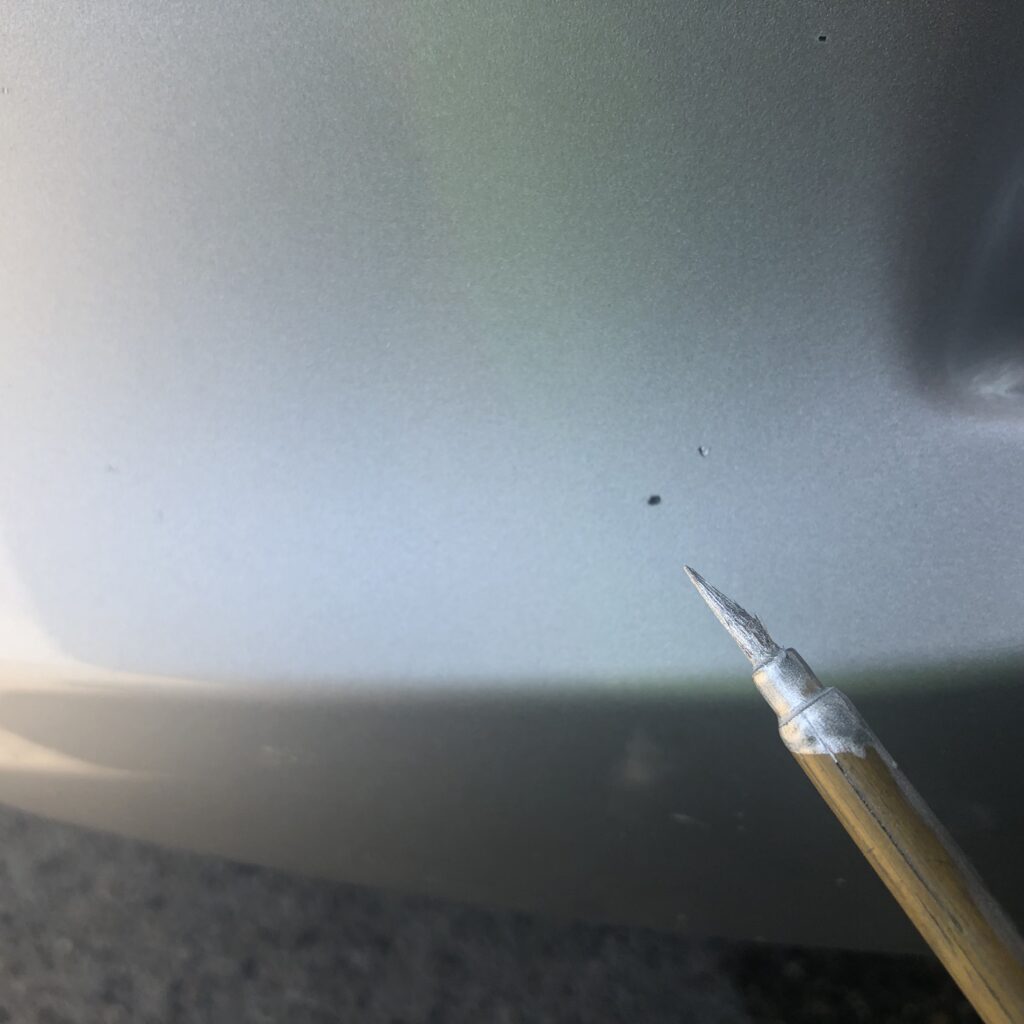
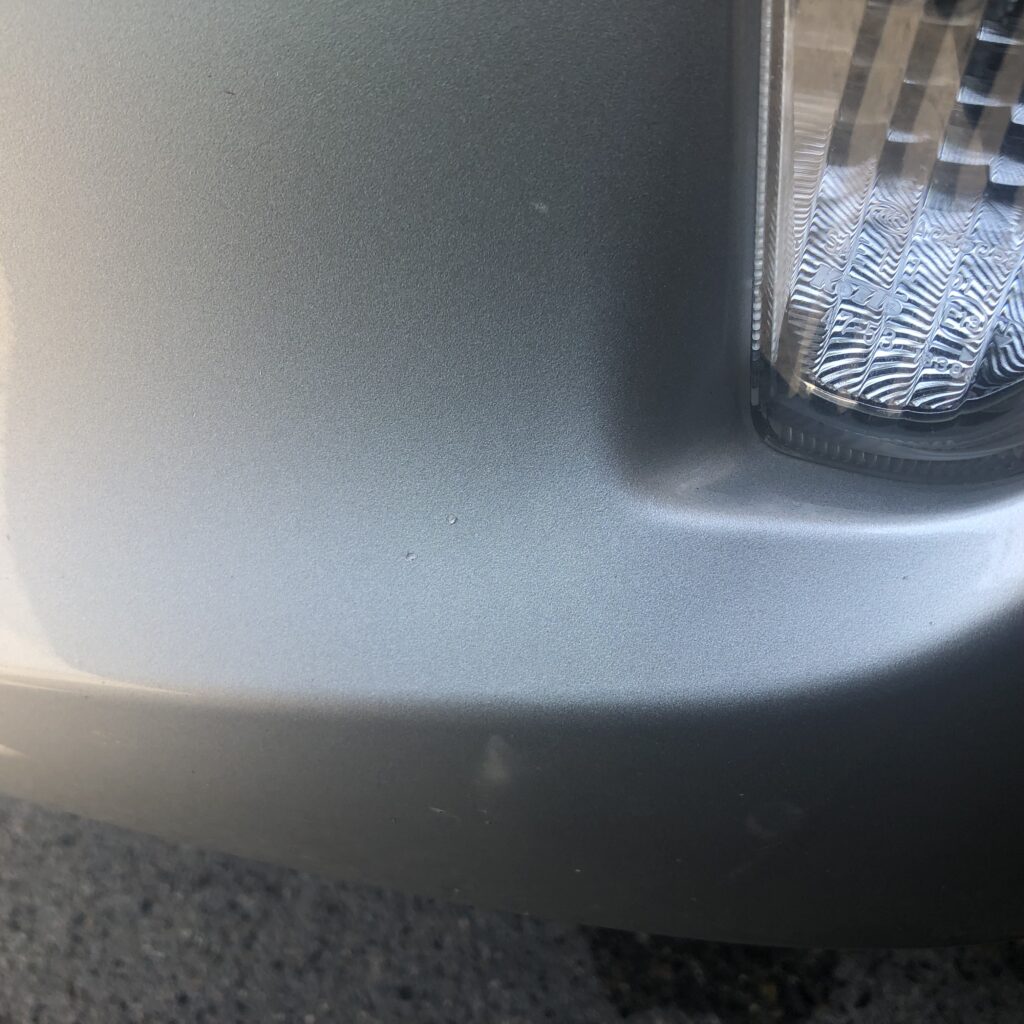
Leave a Reply